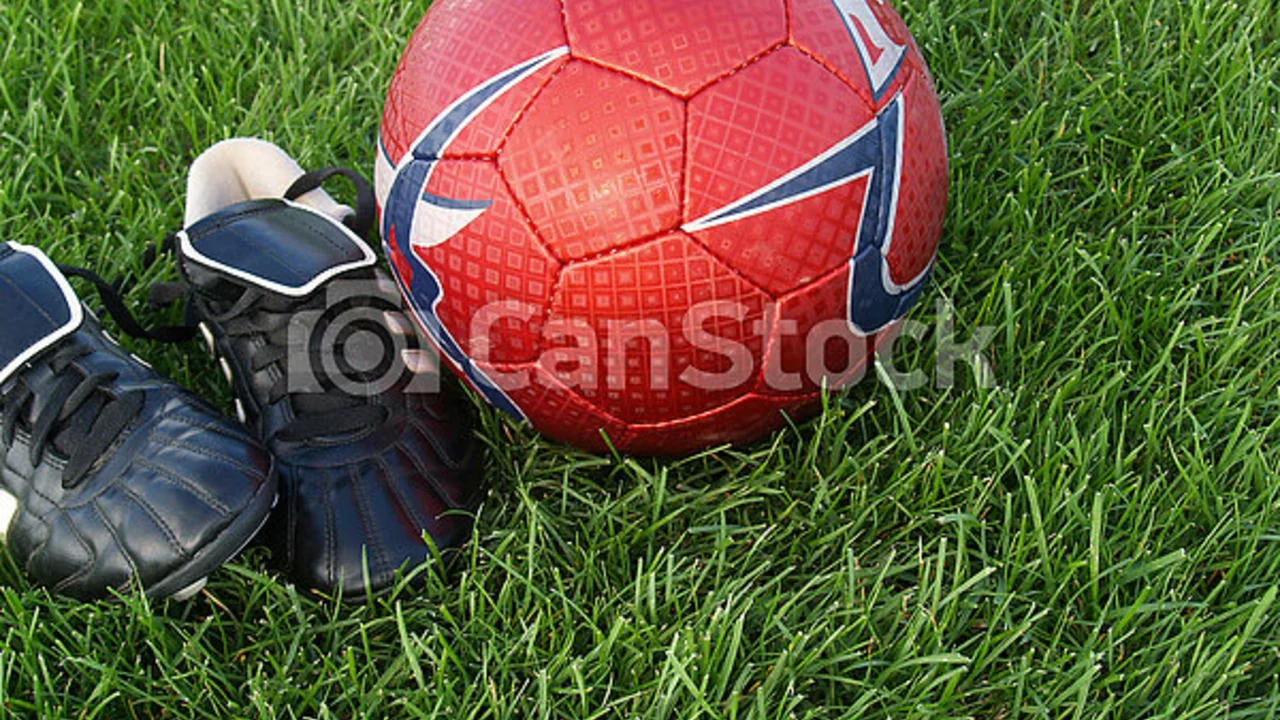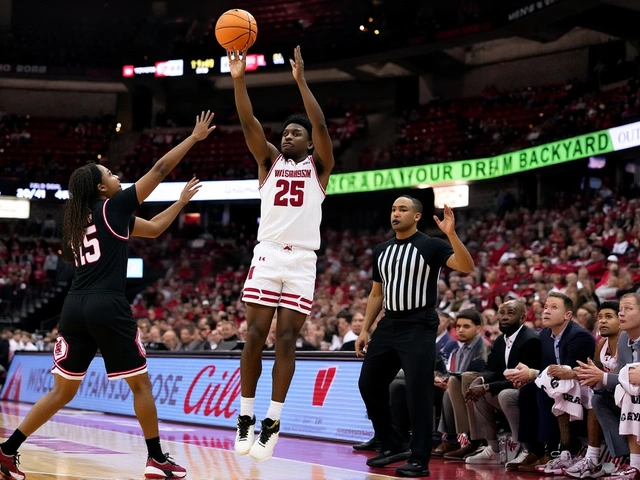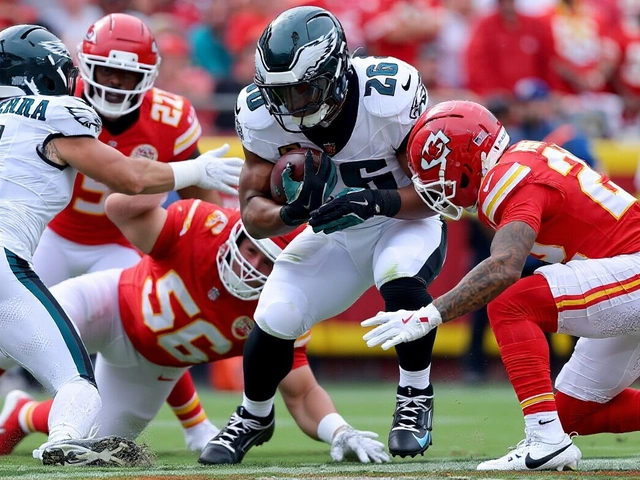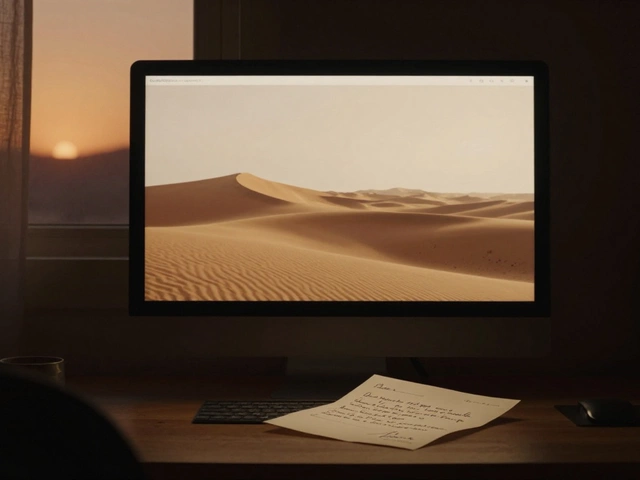
Sports Equipment: How to Pick, Use, and Care for Your Gear
So you’re ready to up your game, but the gear part feels overwhelming. Do you need a new pair of cleats? A shin‑guard that won’t fall off? A ball that rolls true? This guide cuts the noise and gives you straight‑forward advice you can use right now.
Choosing the Right Gear for Your Sport
First, think about the sport you play most. Soccer players need a light, durable boot with good traction on grass or turf. Football players look for a sturdy shoe that supports quick cuts and hard hits. If you’re into multiple sports, pick a versatile shoe that works on a variety of surfaces – a hybrid cleat can handle both grass and indoor courts.
Next, fit matters. Too tight and you’ll lose foot control; too loose and you’ll risk blisters. Try on shoes in the evening when your feet are a bit swollen – that’s how they’ll feel after a long match. For protective gear like shin guards or elbow pads, pick a size that covers the bone without restricting movement. Most brands offer size charts; use them but also trust how the piece feels on your body.
Budget is another factor. High‑end gear can be tempting, but many mid‑range products offer comparable performance. Look for sales during off‑season months; you’ll often find clearance deals on last‑year models that still meet quality standards.
Caring for Your Equipment to Extend Its Life
Once you’ve got the right gear, keep it in good shape. Clean your shoes after each game – a quick brush off dirt, then wipe with a damp cloth. Air‑dry them away from direct heat; a heater can warp the sole. For balls, wipe the surface with a mild soap solution if they get muddy, then let them dry naturally. Storing balls in a cool, dry place prevents the bladder from weakening.
Protective gear needs regular checks. Shin guards can develop cracks; if you spot any, replace them before your next match. Pads with Velcro straps lose grip over time – replace the straps or buy a new set if they start sliding.Don’t forget to rotate your equipment. If you play multiple times a week, having two pairs of cleats lets one dry out while you use the other. This simple habit cuts down on odor and extends the life of each pair.
Finally, keep an eye on wear indicators. A worn‑out sole loses traction, a frayed lace can snap, and a ball that no longer bounces evenly hurts your performance. Spot these signs early and replace the item before it affects your game.
With the right choices and a bit of maintenance, your sports equipment will stay reliable season after season. No need to splurge on every new release – focus on fit, durability, and proper care, and you’ll always be ready to play your best.
-
18 Jul




